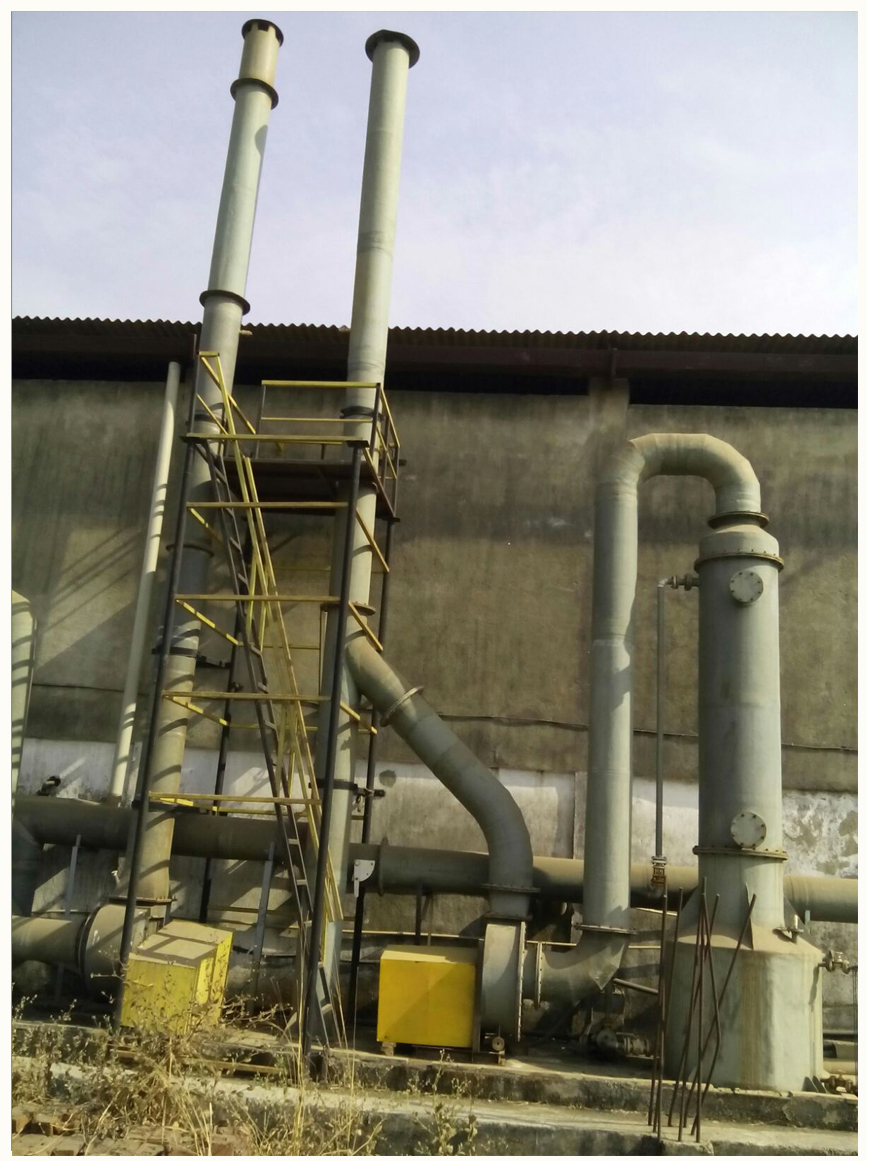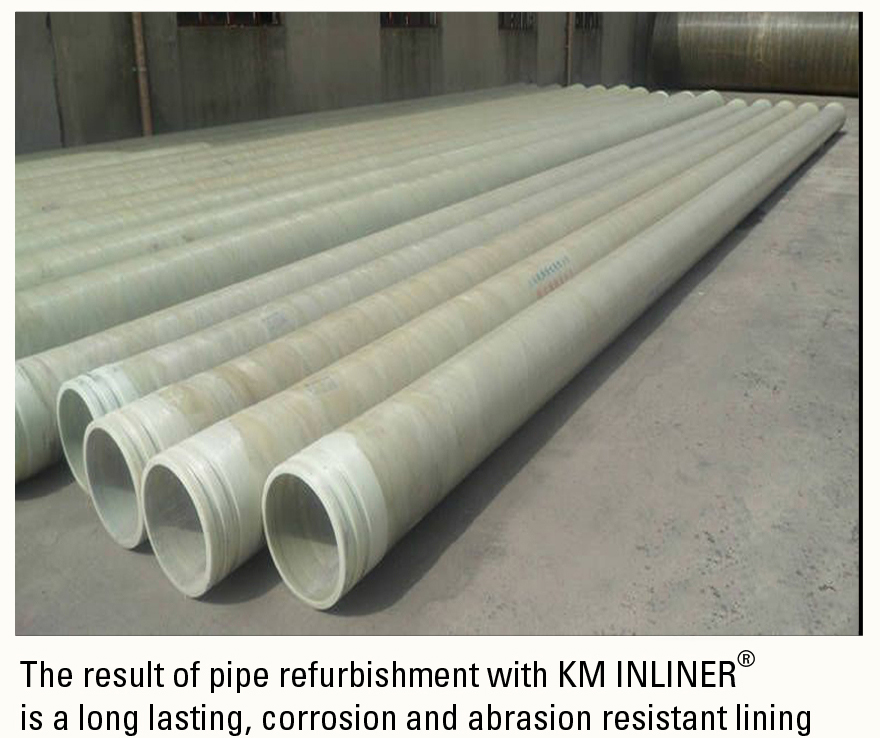Crystic resins and gelcoats :-
A complete range of proven Crystic products is offered for piping and lining applications including isophthalic and vinyl ester resins for sewage and water carrying pipes.
Major GRP Pipe applications :-
- Chemical plant pipework
- Underground piping
- Above ground pressure pipes
- Sewage piping
- Portable water distribution
Trenchless pipe repairs with GRP Liners :-
In situ repair work can be carried out using a cured-in-place GRP liner, which is placed inside a damaged pipe then expanded to fit the existing pipe and simultaneously cured by circulating hot water. Pipe repair work can also be carried by using a pre-fabricated GRP slip liner, which can be used to line 'live' piping systems.
Both pipe repair techniques are now used worldwide. Cost and disruption are kept to a minimum whilst essential repair work is carried out.
Scott Bader's long association with the GRP pipe and pipe lining markets and its technical expertise and range of proven products for the GRP pipe industry gives customers peace of mind and a real competitive advantage for their business.
Pipe jointing :-
This can be carried out using spigot and socket systems with gaskets. Polyster resin collars can easily be cast onto pipe ands and machined to the appropriate dimensions.
Resillient polyster resins containing a high loading of filler - such as ground silica flour - can be cold cured extremely rapidly and prove to be ideal for casting pipe collars. Pipes can also be butted together and joined using an overlay GRP joint, wet laminated on site.


